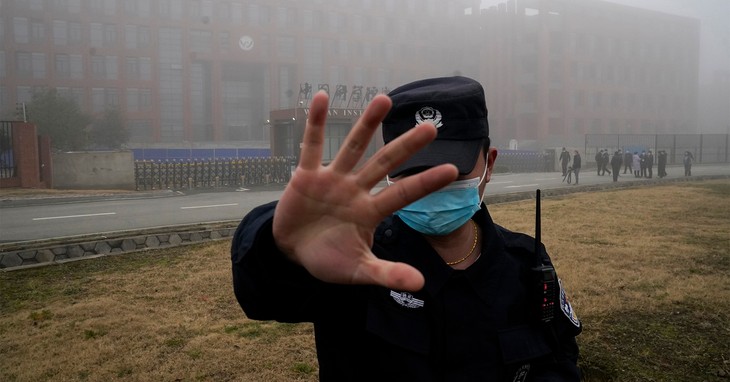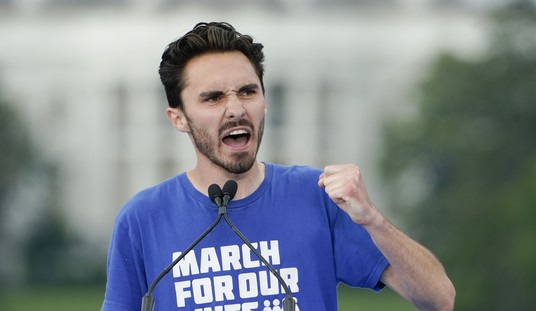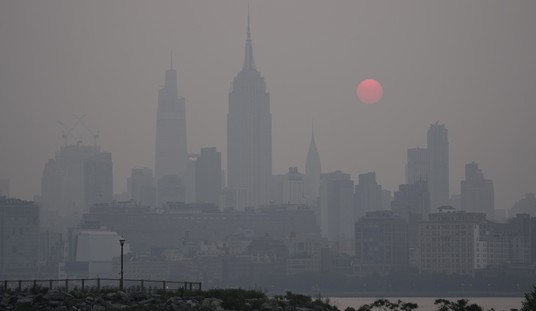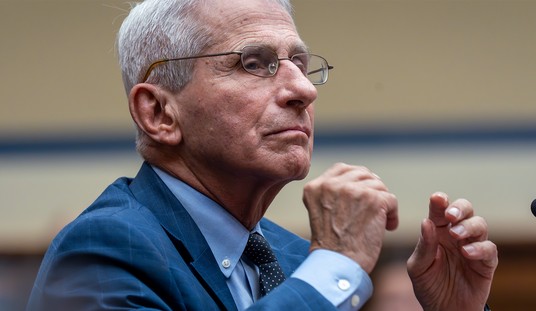On Friday, the World Health Organization (WHO) declared COVID-19 is no longer a global public health emergency, after more than three years of emergency designation since Jan 30, 2020. Following a recommendation of the 15th meeting of the U.N. health agency’s emergency committee, WHO Director-General Tedros Adhanom Ghebreyesus said, “I have accepted that advice,” and declared the end of the emergency.
The U.S. is also set to end its COVID public health emergency, and President Biden has already signed a bipartisan resolution into law ending the country’s COVID national emergency last month. Biden signed behind closed doors, after initially saying he wouldn’t, but changed his tune after a 68-23 vote in the Senate. The White House issued a single-sentence statement to the American public. The remaining public health emergency declaration, which is the foundation of the Title 42 immigration executive order, is scheduled to expire on May 11.
Tedros acknowledged that the pandemic has been on a downward trend for more than a year, with most countries returning to pre-COVID-19 conditions. While citing population immunity, decreasing mortality, and eased pressures on health systems as reasons to end the emergency, Tedros emphasized that the virus still poses a threat stating that he would not hesitate to gather experts and reassess the situation if COVID-19 should “put our world in peril.”
However, he also lamented the devastating impact of the virus, saying,
COVID-19 has been so much more than a health crisis, disrupting economies, travel, shattering businesses, and plunging millions into poverty.
Throughout the pandemic, the WHO made numerous errors. One major mistake was their hesitance to recognize the airborne transmission of the virus, as well as the potential for asymptomatic individuals to spread the disease. This fumble, combined with the WHO’s initial advice against the general public wearing masks, led to a lack of proper guidance to prevent exposure, endangering public health, and many health officials say costing lives.
Likewise, the Centers for Disease Control and Prevention (CDC) initially advised against the use of N-95 masks for the general public, claiming that they were not effective at preventing the spread of the virus. Days later, the Surgeon General published a video showing the public how to make a mask out of an old T-shirt. This advice was later reversed, causing confusion and sparking a pattern of inconsistent guidance.
Additionally, the WHO previously commended China for its reaction to the outbreak, despite top officials expressing their dissatisfaction with China’s lack of cooperation and transparency in private meetings.

WHO has back-tracked on statements about the origin of the coronavirus, which has become a matter of science and politicization. In 2021, the WHO issued a report following a prolonged visit to China, stating that COVID-19 most likely emerged from animals, while dismissing the possibility of laboratory involvement as “highly unlikely.” The following year, the WHO reversed its stance, stating that certain “crucial data points” were lacking, and it was premature to dismiss the likelihood of COVID-19 having ties to a laboratory and recommended more research. These incidents have sparked criticism of the WHO’s pandemic response and eroded public trust in health agencies.
Coincidentally, on the same day the WHO declared the global emergency to be over, CDC Director Rochelle Walensky resigned; the perfect pandemic bookend.













Join the conversation as a VIP Member